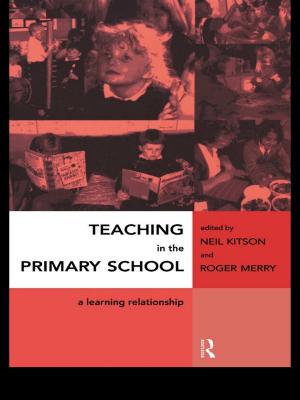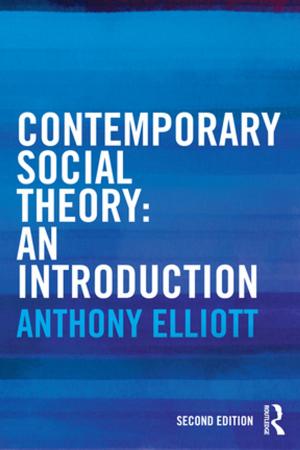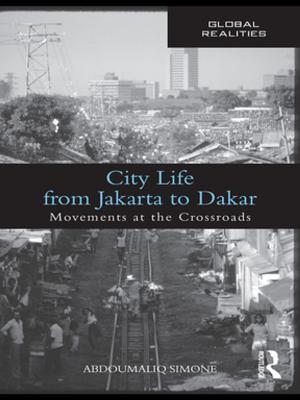The Architectures of Childhood
Children, Modern Architecture and Reconstruction in Postwar England
Nonfiction, Art & Architecture, Architecture| Author: | Roy Kozlovsky | ISBN: | 9781317044642 |
| Publisher: | Taylor and Francis | Publication: | March 16, 2016 |
| Imprint: | Routledge | Language: | English |
| Author: | Roy Kozlovsky |
| ISBN: | 9781317044642 |
| Publisher: | Taylor and Francis |
| Publication: | March 16, 2016 |
| Imprint: | Routledge |
| Language: | English |
Between 1935 and 1959, the architecture of childhood was at the centre of architectural discourse in a way that is unique in architectural history. Some of the seminal projects of the period, such as the Secondary Modern School at Hunstanton by Peter and Alison Smithson, Le Corbusier’s Unité d’Habitation at Marseilles, or Aldo van Eyck’s playgrounds and orphanage, were designed for children; At CIAM, architects utilized photographs of children to present their visions for reconstruction. The unprecedented visibility of the child to architectural discourse during the period of reconstruction is the starting point for this interdisciplinary study of modern architecture under welfare state patronage. Focusing mainly on England, this book examines a series of innovative buildings and environments developed for children, such as the adventure playground, the Hertfordshire school, the reformed children hospital, Brutalist housing estates, and New Towns. It studies the methods employed by architects, child experts and policy makers to survey, assess and administer the physiological, emotional and developmental needs of the ’user’, the child. It identifies the new aesthetic and spatial order permeating the environments of childhood, based on endowing children with the agency and autonomy to create a self-regulating social order out of their own free will, while rendering their interiority and sociability observable and governable. By inserting the architectural object within a broader social and political context, The Architectures of Childhood situates post-war architecture within the welfare state’s project of governing the self, which most intensively targeted the citizen in the making, the children. Yet the emphasis on the utilization of architecture as an instrument of power does not reduce it into a mere document of social policy, as the author uncovers the surplus of meaning and richness of experience invested in these environments at the historical mom
Between 1935 and 1959, the architecture of childhood was at the centre of architectural discourse in a way that is unique in architectural history. Some of the seminal projects of the period, such as the Secondary Modern School at Hunstanton by Peter and Alison Smithson, Le Corbusier’s Unité d’Habitation at Marseilles, or Aldo van Eyck’s playgrounds and orphanage, were designed for children; At CIAM, architects utilized photographs of children to present their visions for reconstruction. The unprecedented visibility of the child to architectural discourse during the period of reconstruction is the starting point for this interdisciplinary study of modern architecture under welfare state patronage. Focusing mainly on England, this book examines a series of innovative buildings and environments developed for children, such as the adventure playground, the Hertfordshire school, the reformed children hospital, Brutalist housing estates, and New Towns. It studies the methods employed by architects, child experts and policy makers to survey, assess and administer the physiological, emotional and developmental needs of the ’user’, the child. It identifies the new aesthetic and spatial order permeating the environments of childhood, based on endowing children with the agency and autonomy to create a self-regulating social order out of their own free will, while rendering their interiority and sociability observable and governable. By inserting the architectural object within a broader social and political context, The Architectures of Childhood situates post-war architecture within the welfare state’s project of governing the self, which most intensively targeted the citizen in the making, the children. Yet the emphasis on the utilization of architecture as an instrument of power does not reduce it into a mere document of social policy, as the author uncovers the surplus of meaning and richness of experience invested in these environments at the historical mom















